Have you ever imagined travelling back in time to visit the Seven Wonders of the Ancient World? To walk up the stairs of the Hanging Gardens that the Babylonian king Nebuchadnezzar built for his wife Amytis? Or to stand in front of the giant statue of Zeus in Olympia, Greece?
These stunning spectacles were defined as ‘themata’, Greek for ‘things to be seen’ or ‘must-sees’, by Philo of Byzantium in 225 BCE in his work On The Seven Wonders.
Sadly, six of these seven wonders no longer exist, whether because of natural catastrophes or human intervention. In fact, only the Great Pyramid of Giza, which was finished in 2560 BCE, can still be visited in 2018. But all is not lost, because Expedia UK has tried to bring these wonders back to life.
The travel company has created a gallery of vintage travel posters so that you can enjoy the Seven Wonders in all of their former glory. View them all below and learn more about them at Lost Landmarks.
Which poster would you hang on your wall or Wonder would you most like to visit if you could? Let us know in the comments!
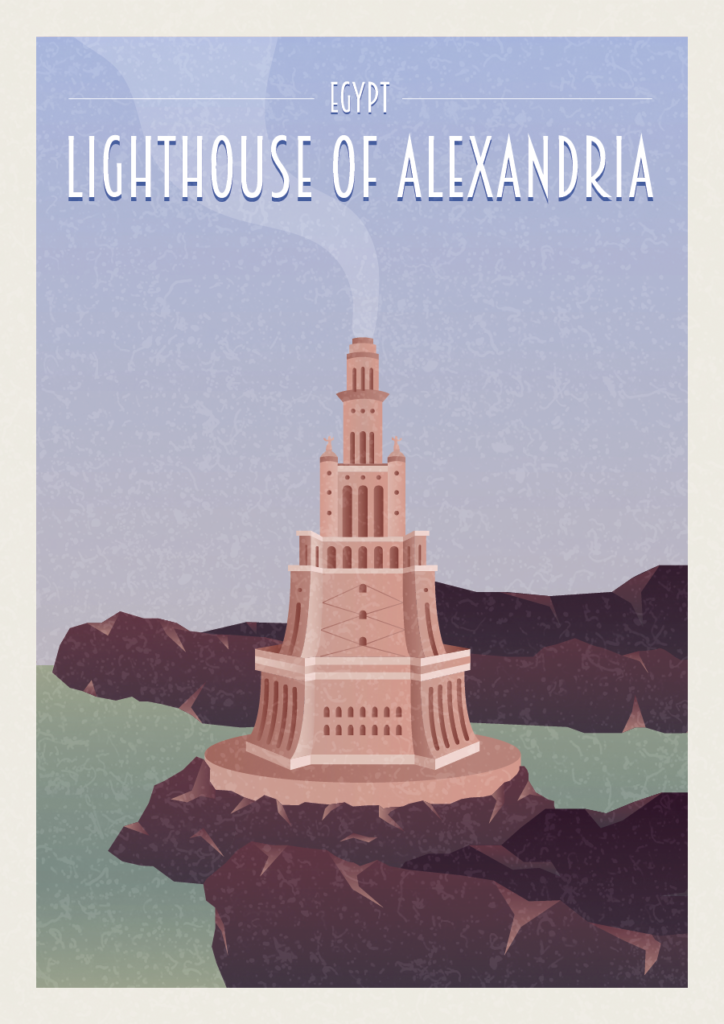
Lighthouse of Alexandria
Also known as the Pharos of Alexandria, this ancient lighthouse was built between 280-247 BCE in Alexandria, Egypt. The discovery led the Egyptian government to work with UNESCO to add The Bay of Alexandria to the World Heritage List of submerged cultural sites.
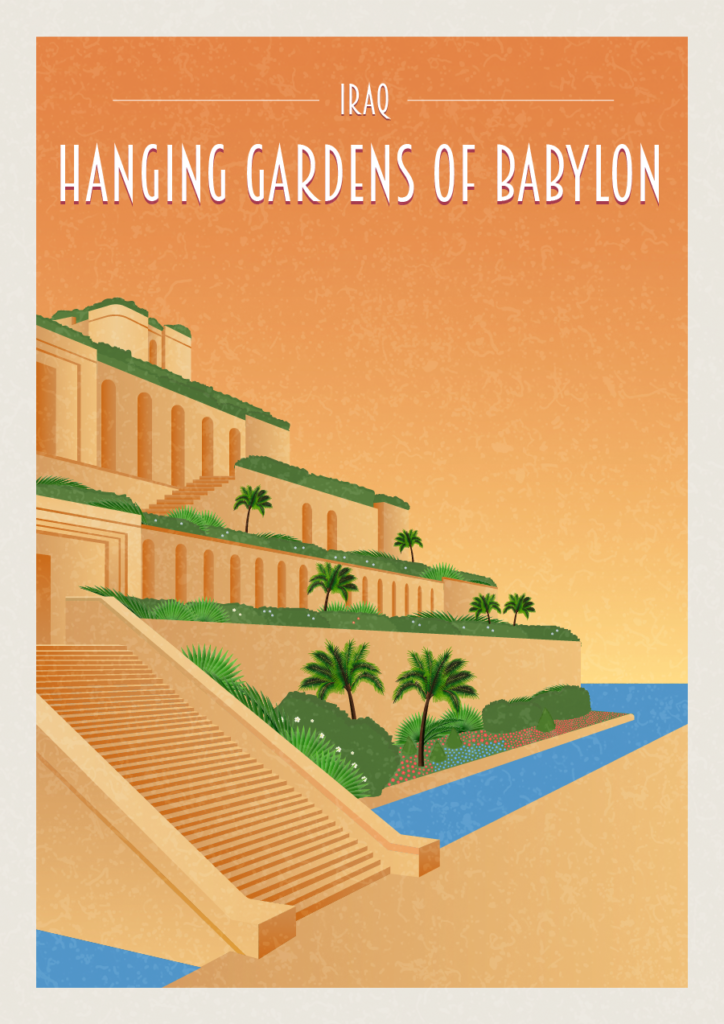
Hanging Gardens of Babylon
It’s said that Babylonian king, Nebuchadnezzar II, constructed the Hanging Gardens as a gift to his wife, Amytis, who longed to be back home in the greenery and lush gardens of her native country, Media (today, north-western Iran). However, the actual location of the Hanging Gardens has never been definitely established. The lack of any remains of the ancient site have left many wondering whether the Hanging Gardens actually existed.
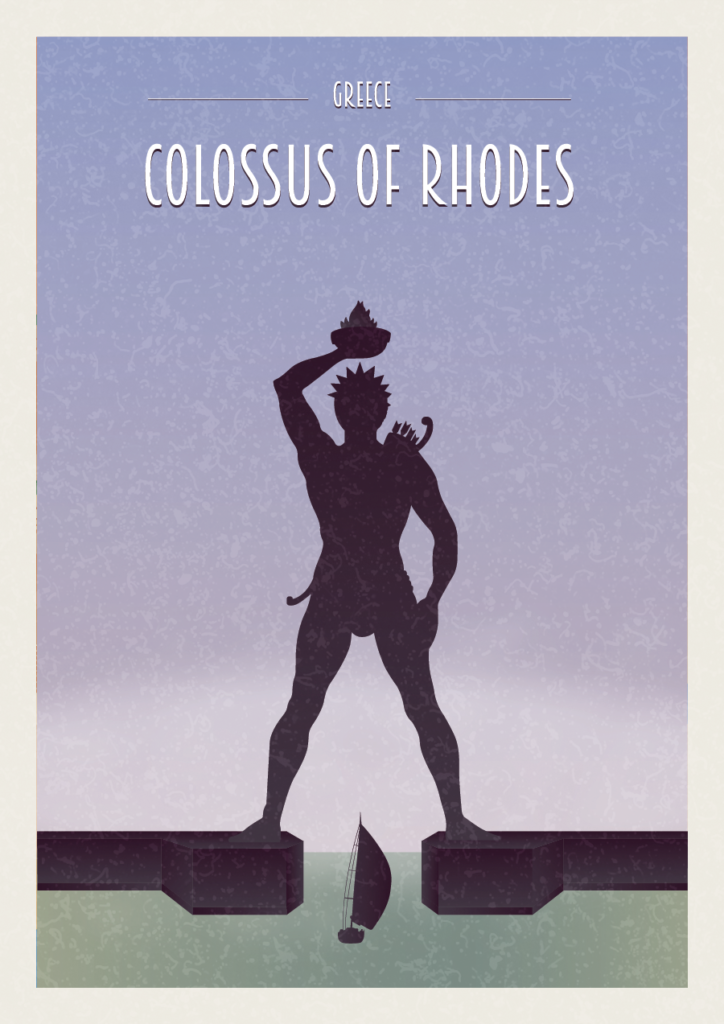
Colossus of Rhodes
Erected in the city of Rhodes in 280 BCE, the Colossus of Rhodes was a statue of the Greek sun god, Helios. It was built in celebration of Rhodes’ victory over the ruler of Cyprus, Antigonus I Monophthalmus, whose son failed to take control of Rhodes in 305 BC. The Colossus of Rhodes has been described by historians in various ways, with many debating its actual position, and in particular, whether it actually straddled the harbour of Rhodes. It was destroyed in 226 BCE by an earthquake which caused major damage to the city and was never rebuilt.
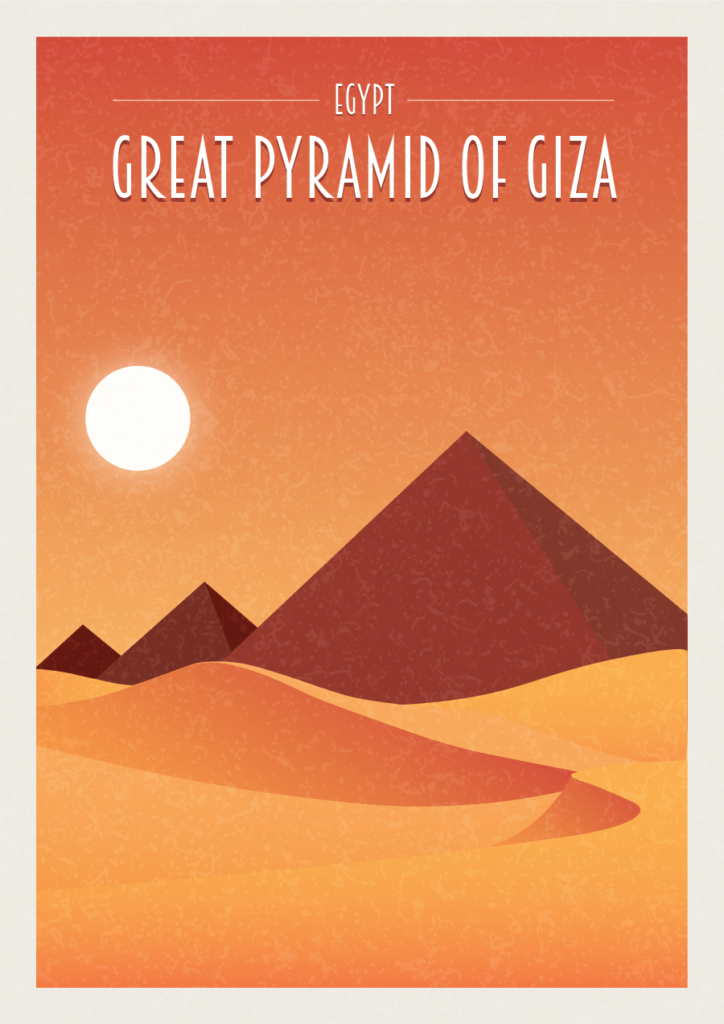
Great Pyramid of Giza
The only Ancient Wonder which is still in existence today, The Great Pyramid of Giza is an iconic symbol of Egypt and is the largest pyramid in the Giza pyramid complex. The Pyramid of Giza was the tallest man-made structure on earth for more than 3,800 years until the Lincoln Cathedral in England surpassed it around 1311.
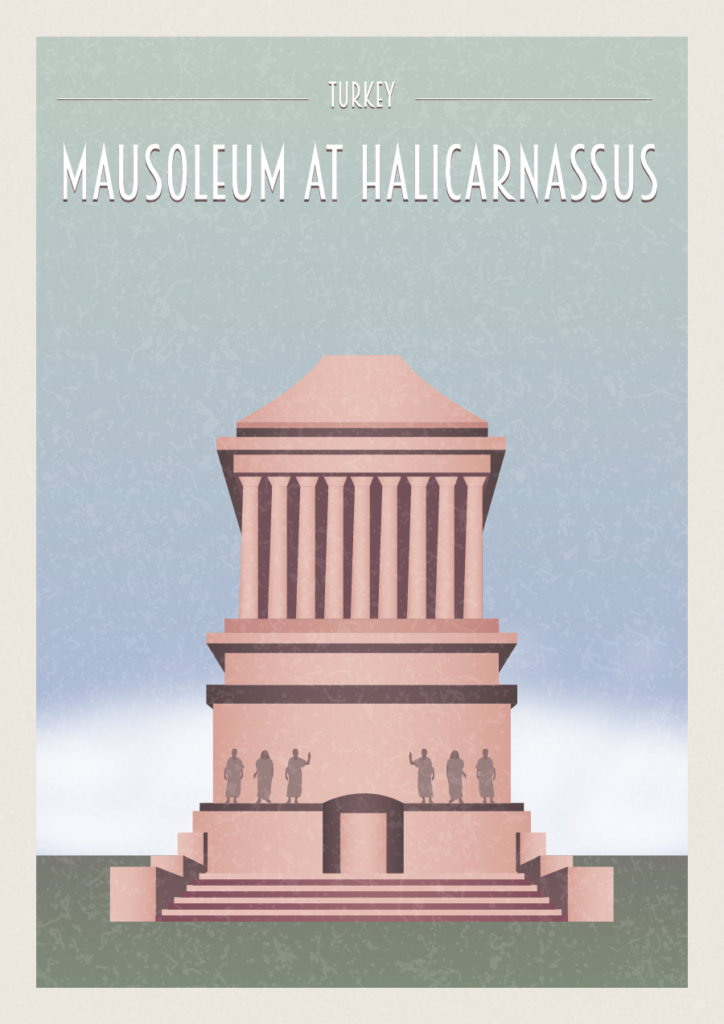
Mausoleum at Halicarnassus
The Mausoleum at Halicarnassus was built for the satrap, Mausolus (ruler of Caria) and his sister-wife, Artemisia II, between 353 and 350 BCE. The tomb, based in present-day Bodrum, Turkey, was designed by Greek architects. The tomb was destroyed by series of earthquakes between the 12th and 15th century. Mausolus’ tomb became so well-known that the word ‘mausoleum’ entered the language and today is used to refer generically to an above-ground tomb.
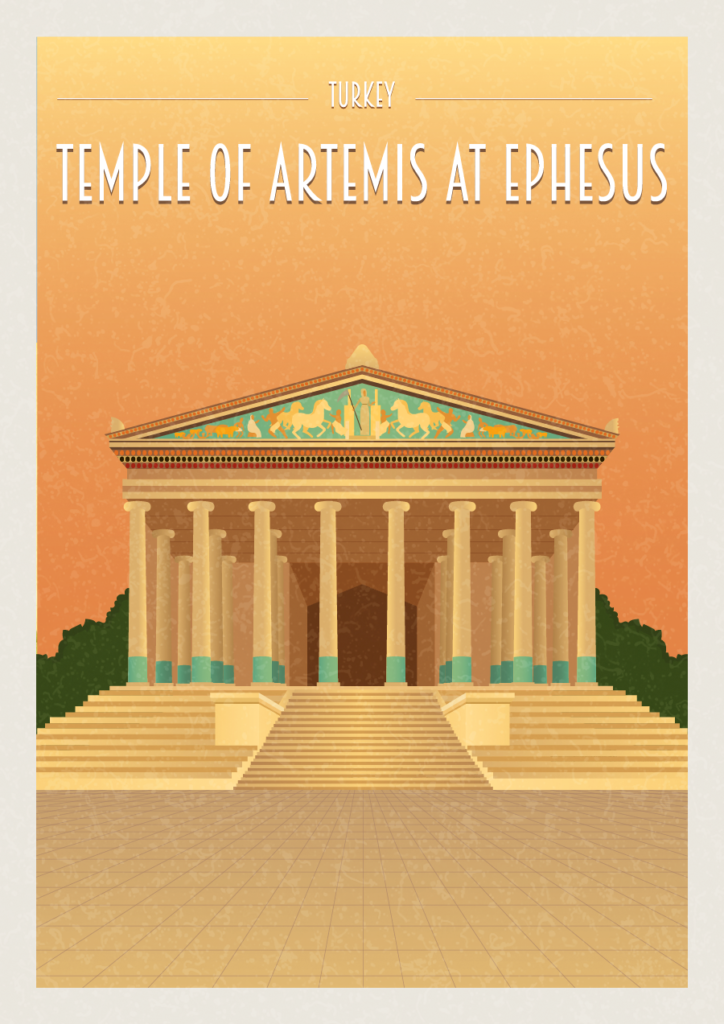
Temple of Artemis
This temple, dedicated to the Greek Goddess, Artemis was located in Ephesus (near the present-day town of Selçuk in Turkey). The temple was rebuilt three times before it was destroyed for the final time in 401 CE.
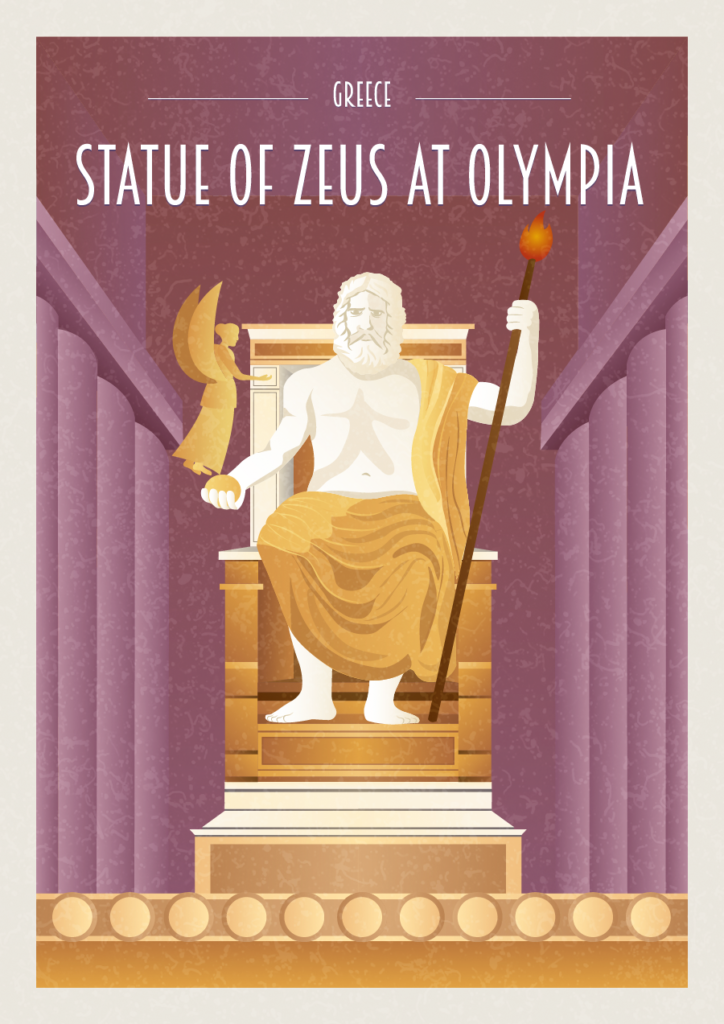
Statue of Zeus at Olympia
The Statue of Zeus was created by Greek sculptor, Phidias, around 435 BCE. The giant sculpture of the Greek God himself, seated on a lavish throne, could be found in Olympia, Greece. The statue was destroyed during the 5th century CE, allegedly due to a fire, but there is no concrete evidence on how exactly its destruction came about. No remains of the site have ever been found.
